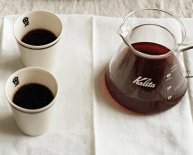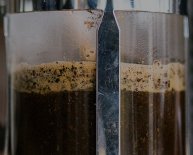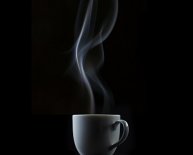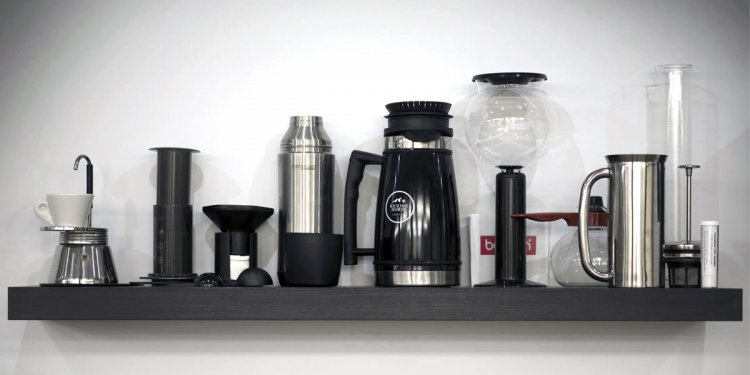
Coffee water temperature French Press
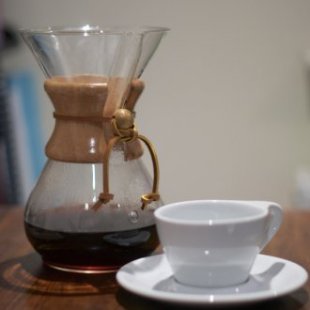 Hot or cold, temperature won’t stop numerous from obtaining their caffeinated drinks fix. With regards to the weather and private choices, coffee drinkers yourself can brew coffee by one of two ways: hot brew or cool brew.
Hot or cold, temperature won’t stop numerous from obtaining their caffeinated drinks fix. With regards to the weather and private choices, coffee drinkers yourself can brew coffee by one of two ways: hot brew or cool brew.
Many are acquainted hot brew coffee. The machines used for hot brew are widely recognized, as well as iconic: the moka cooking pot, French hit, Vietnamese coffee filter, and Chemex, to name a few. These equipments, as with all hot brew methods, include pouring warm water over a bed of coffee grounds, at a general percentage of just one oz. coffee to 8 oz. heated water [1]. (That’s 2 degree tablespoons per 1 cup of liquid, on a more home-friendly scale.) The ensuing fluid, coffee, will be divided from the reasons and preferably used as quickly as possible.
Cool brew needs more patience. In a Mason container, French hit, or Toddy system, coffee grounds tend to be combined with room temperature liquid, and then left to sit for hours—anywhere from three to twenty-four hours—before the solids tend to be filtered down.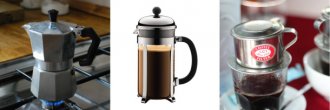 Cold brew dishes frequently demand an increased coffee to water ratio: 1 component coffee to 4 components tepid liquid, which versus hot brew, is 2 oz. coffee per 8 oz. liquid (around 4 tablespoons per 1 cup liquid). After the reasons are eliminated, what’s remaining is black colored coffee focus this is certainly thinned with liquid or milk before it is offered.
Cold brew dishes frequently demand an increased coffee to water ratio: 1 component coffee to 4 components tepid liquid, which versus hot brew, is 2 oz. coffee per 8 oz. liquid (around 4 tablespoons per 1 cup liquid). After the reasons are eliminated, what’s remaining is black colored coffee focus this is certainly thinned with liquid or milk before it is offered.
On the surface, the distinctions involving the two methods seem self-explanatory. Hot brew rapidly produces fragrant java with bite and acidity, whereas cool brew rewards patience with condensed coffee that's smooth and sweet. To start to know the flavor profile variations, it can help to first get acquainted with the coffee grounds.
Coffee grounds have a hodgepodge of volatile and non-volatile elements, such different oils, acids, as well as other fragrant particles [2]. Collectively, these substances being present in coffee reasons are described as “coffee solubles” and somewhat donate to coffee flavor [2]. Brewing is the process of extracting these components from the grounds, so coffee drinks are officially an answer of coffee solubles and water. Because coffee reasons are employed both in of your brewing practices, the principle factors tend to be temperature and time.
Temperature affects the solubility and volatility of this coffee solubles. In accordance with brewing, solubility describes the power for the solubles to reduce out of the grounds and to the water; volatility describes their ability to evaporate into the environment. Coffee solubles dissolve most readily useful at an optimal temperature of 195-205°F [3]. With an increase of coffee solubles extracted, hot brew coffees are described as much more full-bodied and flavorful in comparison with cold brew. More over, as a result of increased volatility with higher conditions, the aromatics are far more easily introduced from coffee, giving increase to that beloved fragrance of freshly-brewed coffee.

